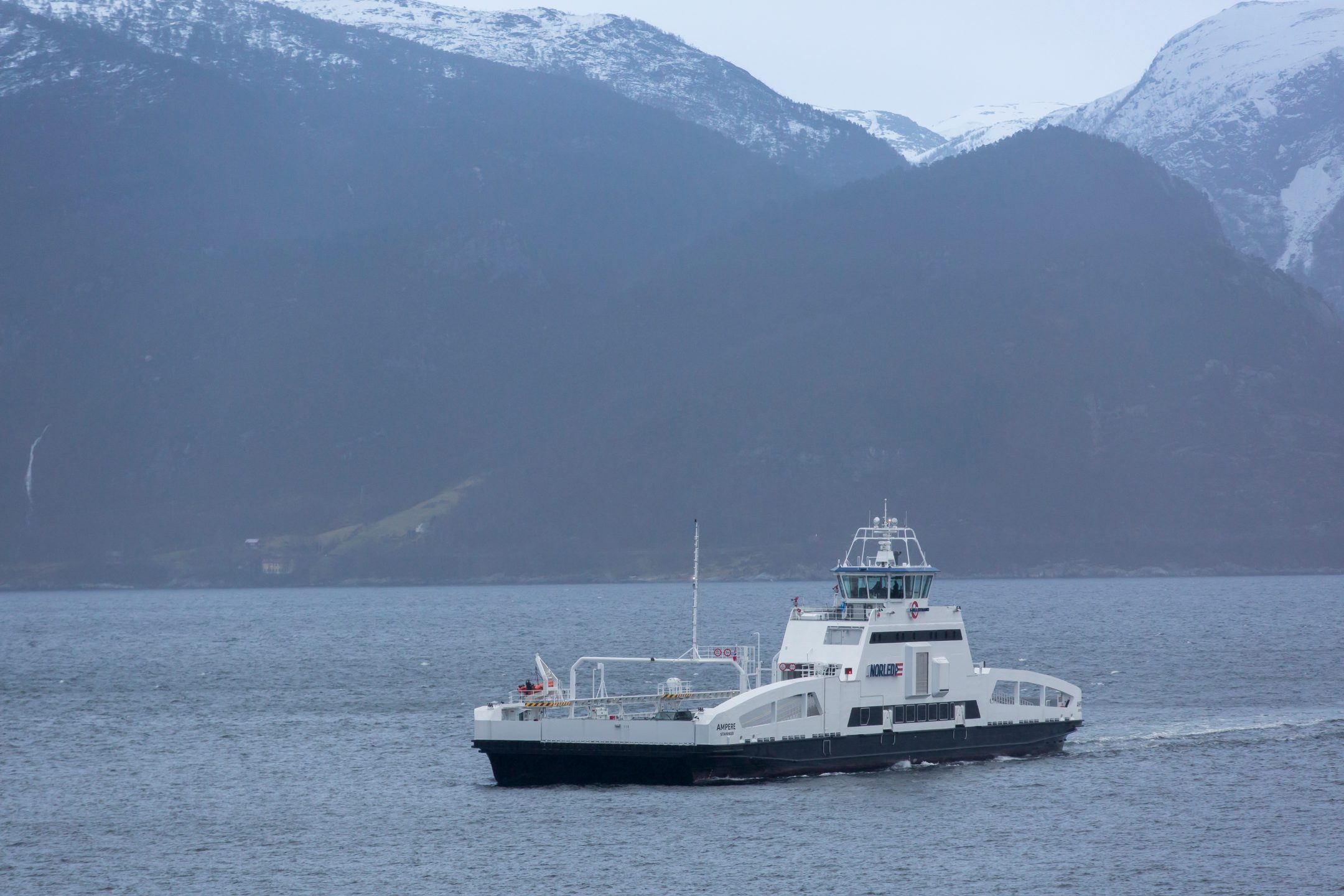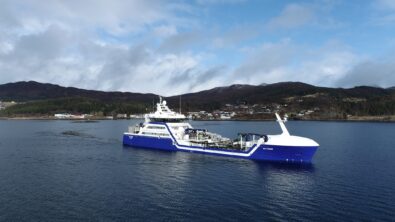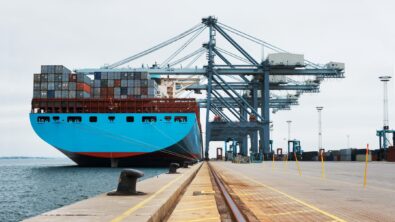The Future of the Marine Industry is Digital – Summary

The fourth episode of the Marine Industry Podcast Series has recently been released, bringing the podcast’s introduction to the marine industry to a close. Jan van Os, Vice President of the Marine Industry for Siemens Digital Industries Software, and Dale Tutt, Vice President of Industry Strategy for Siemens Digital Industries Software, use the episode to discuss the role of digitalization in marine and identify additional shifts in the industry’s future. Digitalization offers many advantages for marine, such as improving ship hydrodynamics, operating autonomous ships, and using data from existing ships to optimize ship design, and also ties into predicted changes in regulations and 3D printing.
Digitalizing ship dynamics
The two VPs began by continuing their conversation from the last episode about how simulation could optimize ship design, focusing this time on ship hydrodynamics and aerodynamics. To demonstrate, Jan explained how slowing down a ship is often considered a way to reduce its energy consumption, but many ships’ designs are optimized for specific speeds, meaning benefits from certain configurations would be lost if the speed were to change. There would also need to be other modifications to rivets, propellors, and more to get maximum benefits from the new speed. Simulation can become a vital tool in making these alterations by simulating conditions such as wind resistance and water dynamics, and testing how these new designs withstand them virtually. By the time a new ship design is launched, it would already be optimized to operate in those conditions because of those virtual tests.
Utilizing fleet data
Another area digitalization could benefit is the operation of autonomous ships which, according to Jan, is impossible without a digital twin. As counterintuitive as it may sound with an autonomous ship, ship operators need to be in control at all points. They need to have the ability to receive operational data from ships at the home base and run simulations that will help the vessel operate. The digital twin provides these capabilities and more, acting as a single source of truth for ship operators to continuously monitor autonomous ships and act if something is going wrong onboard. The digital twin can let operators maintain constant communication with autonomous fleets across the world, allowing them to ensure their success despite massive distances.
In a similar fashion, data can be transmitted to operators from active ships—autonomous or not—to better optimize ship designs. Ships can be equipped with software that monitor factors such as weather, waves, fuel consumption, and others, feeding that data back to home base to influence new designs. Numerous systems can be optimized with this data, from propulsion to ballasts and trims, creating a new generation of ships more efficient and powerful than the last.
Transforming for the future
In addition to these abilities afforded by digitalization, Jan also identified wider transformations that may soon impact the marine industry, one of which being changes to regulations. Classification societies have long determined the regulations that influence ship design, but as digitalization and other new technologies enter the design space, they would likely need to make changes to how they approach ship design. These changes will impact everything from ships themselves to shipyards and ship operators, though while the scale of changes would be immense, they might be necessary for the industry to thrive.
Another growing industrial shift identified by Jan is the rise of 3D printing. Some companies are already using it to produce castings and parts like propellors, while others are researching further ways for its use. So, while the technology is only in its beginning stages in the industry, it is certainly on the rise. Its expansion is a little farther away than other technologies discussed here, but 3D printing is nonetheless a growing phenomenon.
Digitalization has a bright future in marine, playing vital roles in the optimization of ship designs and the operation of autonomous ships. When partnered with other emerging technologies like 3D printing, it has the potential to dramatically alter the entire industry, including changes to regulations. These transformations, however, are only the start. There are many things happening in the marine industry, and they will be covered in future episodes of the Marine Industry Podcast Series. We hope you will join us as we continue exploring these new horizons.
Be sure to listen to the full episode or read the transcript, and listen to the previous episodes of this series to hear the entire introduction.
Siemens Digital Industries Software helps organizations of all sizes digitally transform using software, hardware and services from the Siemens Xcelerator business platform. Siemens’ software and the comprehensive digital twin enable companies to optimize their design, engineering and manufacturing processes to turn today’s ideas into the sustainable products of the future. From chips to entire systems, from product to process, across all industries. Siemens Digital Industries Software – Accelerating transformation.
Related Links
Drivers of the industry (ep. 1)
Building ships sustainably with digital transformation (ep. 2)
Simulating seaworthy ships (ep. 3)
The future of the marine industry is digital (ep. 4)


